To line or not to line, that is the question… or at least it would’ve been Shakespeare’s dilemma if he traded his quill for a garden spade! That’s the perennial query for us gardeners, isn’t it?
While it’s not a must-do, there are perks aplenty for both your leafy pals and the longevity of your planter. That’s because a lined planter is less prone to internal rot.
Plus, a liner’s your true lifesaver for those delicate wooden planters compared to their sturdier stone or terracotta counterparts.
And lining a planter means less H2O vanishing into thin air during those scorching summer spells. Your thirsty green buddies will thank you for the hydration, trust us!
But wait, what about the lining material? We’re unraveling the mysteries of planter lining, one answer at a time so stick around, folks!
Do you need to use a liner in a planter?
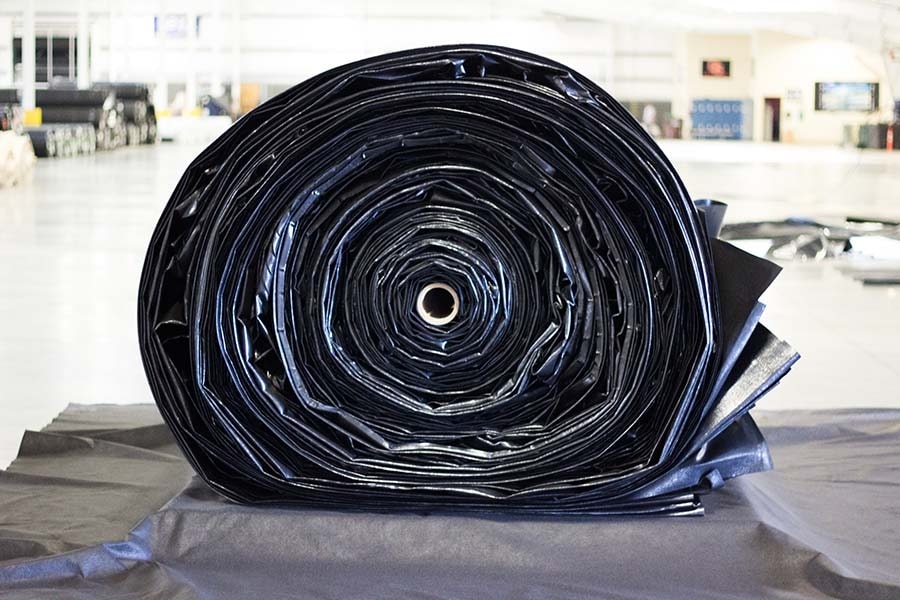
Yes, you need a liner in a planter when your planter is made of degradable wood or metal that can rust. A liner helps stop the planter from getting damaged.
We’ll go over each material in greater detail.
Use Liners When You Have Wood Planters
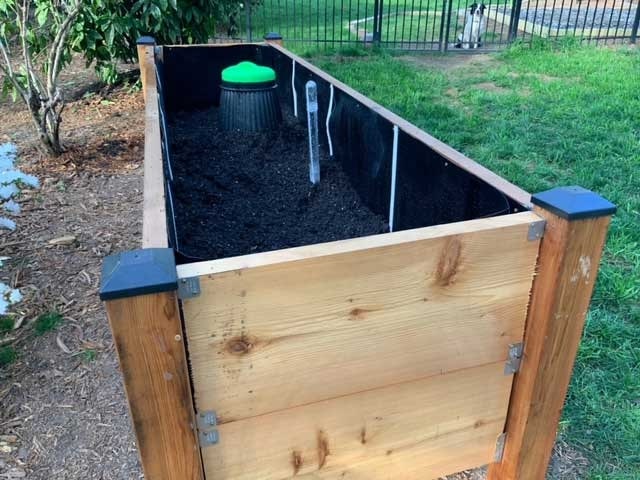
Plant boxes often feature wood, but when wood meets water, trouble brews. To maintain your planter’s durability, liners are your best bet.
This is because wood soaks up water like a sponge in a rainstorm. Before you know it, it’s changing color, sprouting mold, and crumbling like yesterday’s cookies.
And let’s face it, when you’re out there gardening, the watering never seems to end. It’s like a never-ending hydration party for your plants — and unfortunately, for your wooden planter too!
And those sneaky little critters living in the soil? They’re not just hanging out for the view; they’re on a mission to break down anything in their path.
And guess what’s on the menu? Yep, you guessed it — wood!
So, skip the direct soil-to-wood contact if you want your planter to stand the test of time!
Use a Liner if You Have a Metal Planter
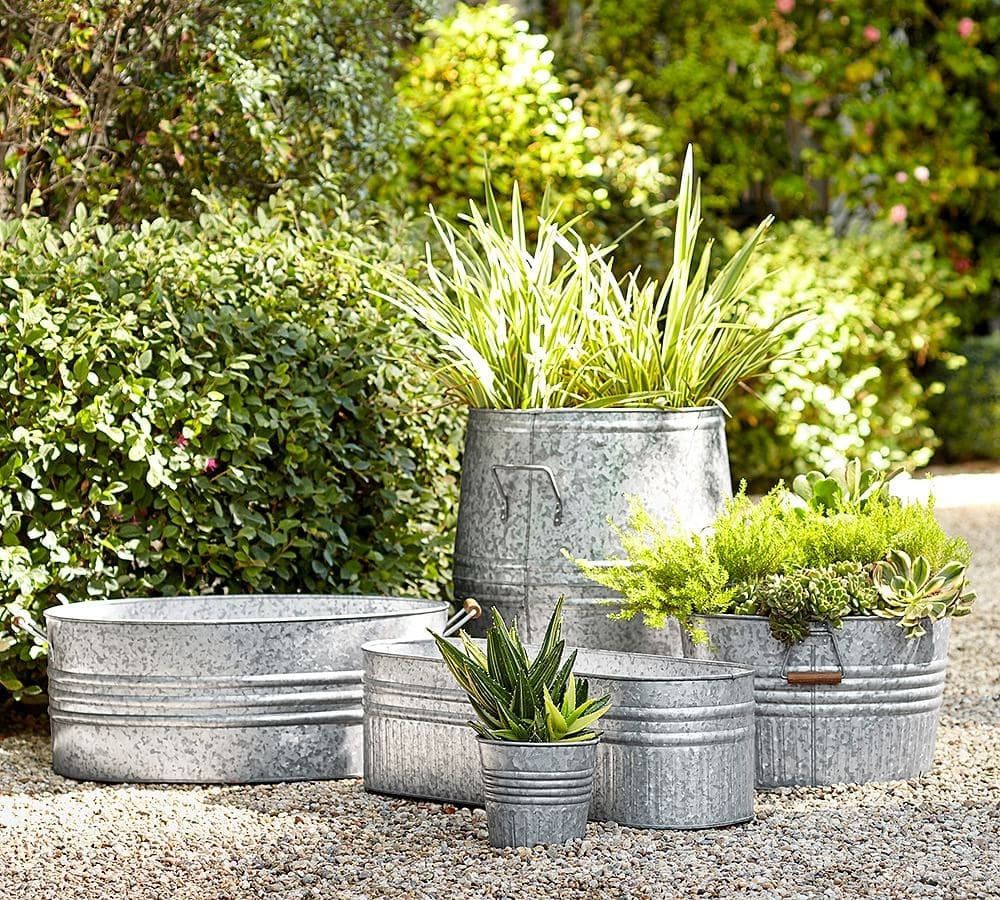
You need to watch out for those metal planters — they’re like magnets for rust, especially when they’re splashing around in water.
Rusting plant boxes can turn your soil into a toxic brew, releasing all sorts of chemicals like iron that stunt growth and leave your leaves feeling yellow and mellow.
Splash too much water in those metal planters, and you’re just asking for trouble. Rust loves to party with water, and the more they mingle, the higher the chances of rusting.
Sure, the plants might not feel the direct effects of the rust, but that soil? It’s in for a heavy metal makeover!
When rust starts to pile up like a bad breakup, it doesn’t just sit there — it seeps into the soil like a nosy neighbor. And if your soil is already packed with iron and other minerals, it’s like a traffic jam for your plant’s roots!
The result is blocked roots from snagging all those essential nutrients like nitrogen, phosphorus, and potassium. With all that nutrient drama going on, it’s no wonder your poor plant starts feeling a bit under the weather.
Stunted growth and yellow leaves? Yeah, they’re just symptoms of soil struggling to keep up with the plant’s demands.
Pros Using a Liner for Planters
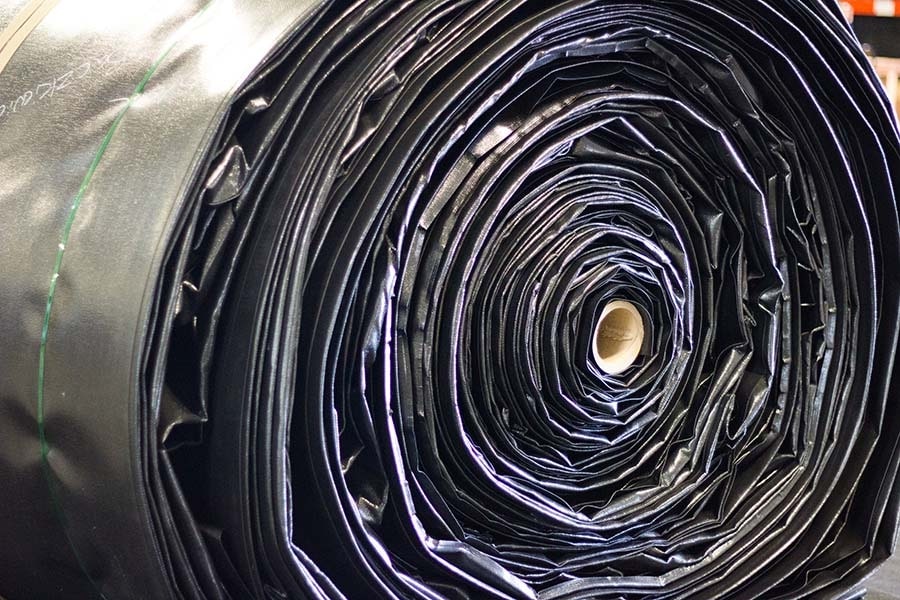
Image by BT Liners
Using a liner in your garden pots helps in many ways.
It stops biodegradable pots from falling apart, keeps metal pots from rusting, maintains a steady soil temperature, prevents weeds from growing, and reduces the chance of pests in the soil.
Let’s check each pro in greater detail.
Delays Decomposition of Biodegradable Planters
Liners are the bodyguards for your biodegradable planters, especially those wooden ones. They shield the wood from the soil’s microbe army, keeping your planter box intact and your plants happy.
Protects Metal Planters from Rust
Throwing in a liner is a genius move! It keeps water from mingling with metal parts in your planter, stopping rust from raining on your soil parade.
Prevents Soil Temperatures from Fluctuating
Liners aren’t just for looks — they can also keep your planter boxes cozy. By wrapping them in a thick plastic sheet, you’ve got yourself a heat shield, keeping your soil from getting too toasty.
Stops Weeds from Growing
If you don’t have raised planters, then you’ll need liners to the rescue! They keep pesky weed seeds in check, so your plant boxes stay pristine.
Lowers the Possibility of Soil Pests
Liners in your planter boxes are your soil’s protective shield, keeping pests like ants, gophers, and moles at bay!
Cons of Using a Planter Liner
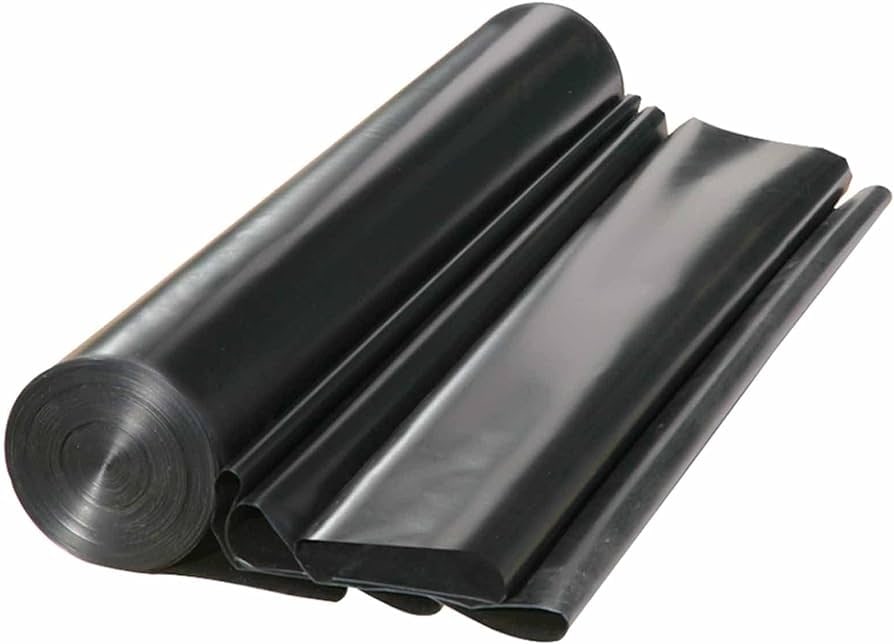
Image by Amazon
Using liners in planters could lead to problems like blocked drainage, damage, soil change issues, and added gardening expenses.
Let’s go over each issue quickly.
Blocked Drainage
Using liners in your planters can have an issue: soggy soil! But fear not, there’s an easy fix.
Just poke some holes in those liners to let excess water escape. That way, you’ll dodge the nasty diseases that lurk in waterlogged soil!
Liner Damage
Liners aren’t invincible, especially when you’re getting your hands dirty with maintenance work like digging.
Tearing a hole in the liner, especially if it’s made of flimsy stuff like plastic or sacks, totally ruins its job of safeguarding your wooden and metal planters.
Soil Change Issues
Adding liners to your plant boxes means extra work — clearing out all that soil and then putting it all back just to swap out the liner. Talk about a gardening workout!
Added Gardening Costs
You might be shelling out more cash for liners, as they’re an extra expense for your garden. Some top-notch ones, sold individually, can hit high.
Don’t worry, we’ve got budget-friendly alternatives lined up for you throughout this article. So, get ready to save some green to grow more greens!
Best Materials for a Liner
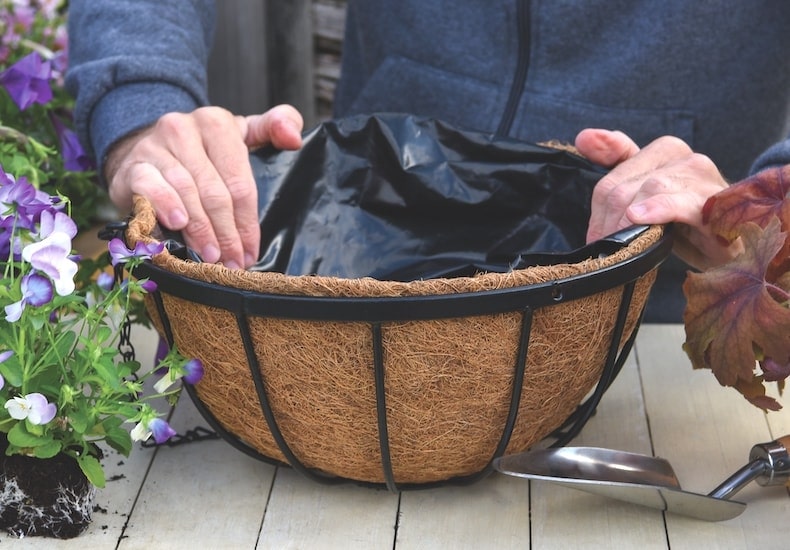
Liners are the unsung heroes of gardening, keeping your plants cozy and your planters happy. But hey, not all liners are created equal!
When it comes to choosing the right one, think plastic, varnish, or burlap fabric. Why?
These bad boys bring the protection, waterproofing, and drainage game to the table. So whether you’re into succulents or serious shrubbery, there’s a liner out there with your name on it!
Plastic Liners
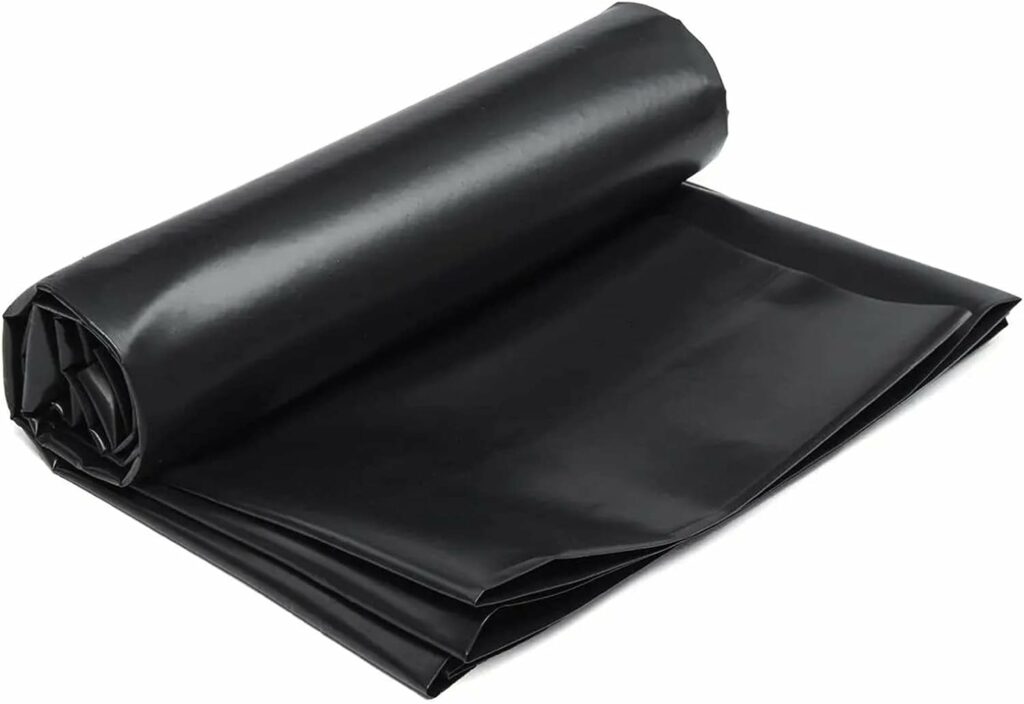
When it comes to lining your wooden planters, plastic is the MVP. It’s thick, tough, and won’t go breaking down on you like other materials.
Plastic liners aren’t picky. They’ll cozy up to wooden or metal planters without a fuss.
So, think polyethylene sheets, trusty trash bags, thick covers, plastic pots, and even those superhero-like pond liners. They’re like the Avengers of planter protection!
And if you’re feeling crafty, raid your stash of old plastic sheets, tarps, and covers. Just make sure they’re not on their last legs — durability is key here!
But hey, if you’ve got some cash to splash, investing in a proper liner is the way to go. It’ll turn your wood planter into a waterproof fortress for your leafy buddies!
Varnish Coats
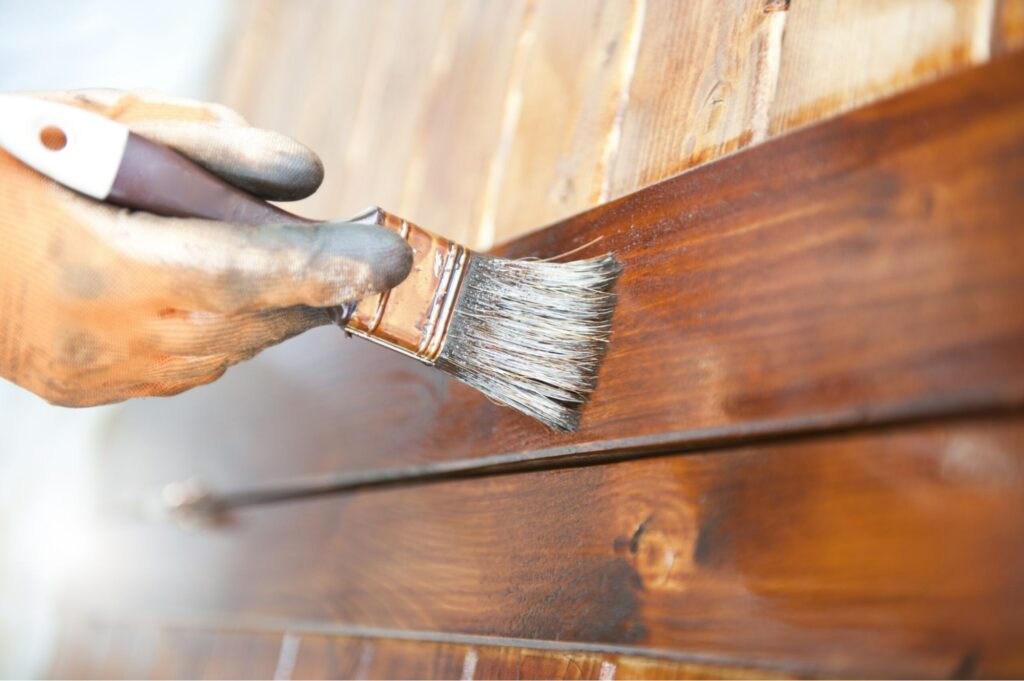
To keep your wooden plant boxes from turning into waterlogged disasters, just slap on a couple of coats of varnish, and you’re golden. Why varnish, you ask?
Well, first off, it’s a breeze to apply. None of that fuss with measuring and cutting plastic sheets — just grab a brush and go to town.
And varnish is the superhero for wood, repelling water like it’s its job. Trust us, we’ve varnished enough platforms to know it’s the real deal.
Oh, and did we mention it’s dirt cheap? A bottle of varnish won’t break the bank, that’s for sure.
Just remember, two coats are the magic number here. Anything less, and you might as well be watering your plants with a sprinkler!
Burlap Fabric
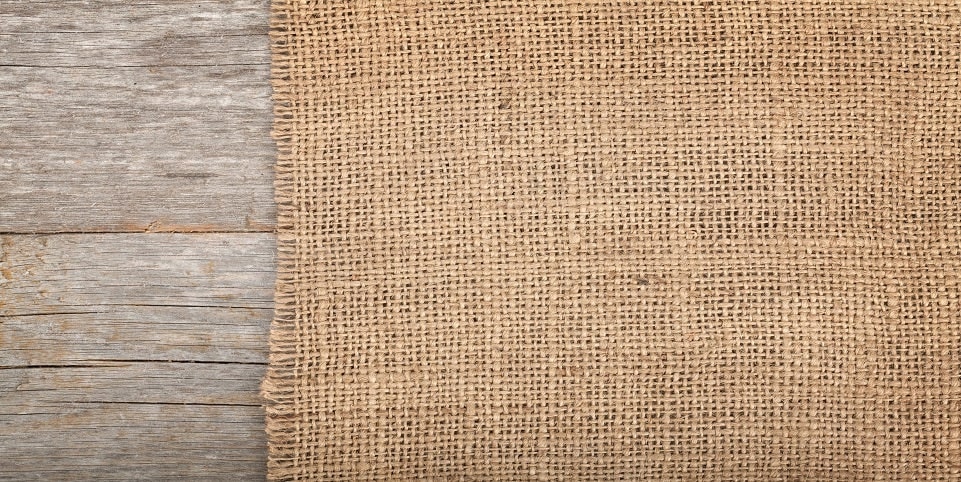
Burlap rocks as a planter liner — it’s a drainage pro, keeping the soil intact while letting water flow freely. No need to poke holes in it like plastic liners!
Plus, burlap’s got style. It’s got those built-in holes for drainage, so no extra work is needed there.
Why still pick burlap? It’s budget-friendly and does a slow, steady drip, keeping your plants happy.
And hey, try to team it up! Add a varnish coat for wood or a thin plastic layer for metal planters, and you’re set for success!
Planter’s Tips
- Avoid using highly organic materials like coco coir, peat moss, or leaves as liners, as they can accelerate the breakdown of wood and metal planters.
- Organic materials are more likely to decompose and mix into the soil, improving soil quality but not protecting the planter.
- Investing in waterproof planters is the best option if budget allows, as using liners for leaky planters can be costlier in the long run.
How to Line a Planter
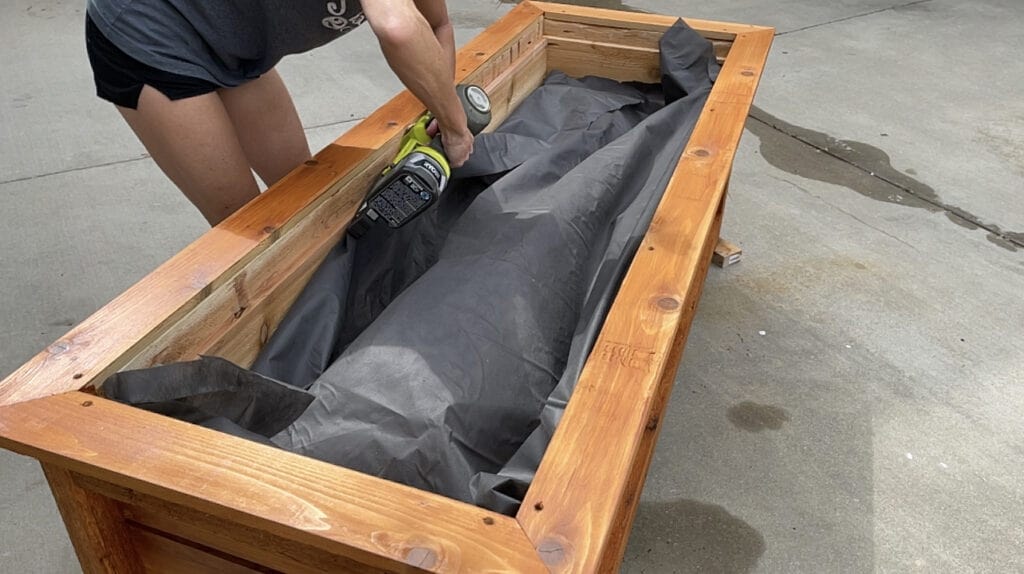
Lining your planter is easy — no need for a genius IQ. Check out our quick guide to get it right in a jiffy!
How to Line a Planter Correctly
1. Select the right liner.
Pick a liner that matches the size and shape of your planter. Think about things like what it’s made of (like plastic or fabric) and if it already has holes for draining water.
2. Prepare the planter.
Before you start using the planter, make sure to clean it well to get rid of any dirt or mess. This helps make sure the surface is clean for planting.
Also, check inside the planter for any rough bits that could harm the liner. Smooth out any bumps to keep your plants safe.
3. Fit the liner.
Put the liner in the planter, making sure it fits well and covers all inside. If there’s too much, cut it, but keep enough to fold over the top of the planter.
4. Poke drainage holes.
If your container doesn’t have holes at the bottom, make some with a sharp tool. These holes help water to escape, stopping too much water from gathering inside.
5. Secure the liner.
Fold the extra material over the top of the planter to keep the liner in place. If necessary, you can use glue or staples to make sure it stays put.
Optional:
Before you put soil in your planter, it’s a good idea to put some gravel or small stones at the bottom. This stops the soil from getting too wet and helps water drain away better.
Planter’s Tip for Maintenance Considerations
- Monitor water levels regularly to avoid over or under-watering.
- Look for tears or holes in the liner and fix or replace as needed.
- Keep the planter and liner clean to prevent mold and buildup.
- Shield the planter and liner from extreme temperatures, especially in winter.
- Replace liners when they degrade or get damaged for proper drainage.





